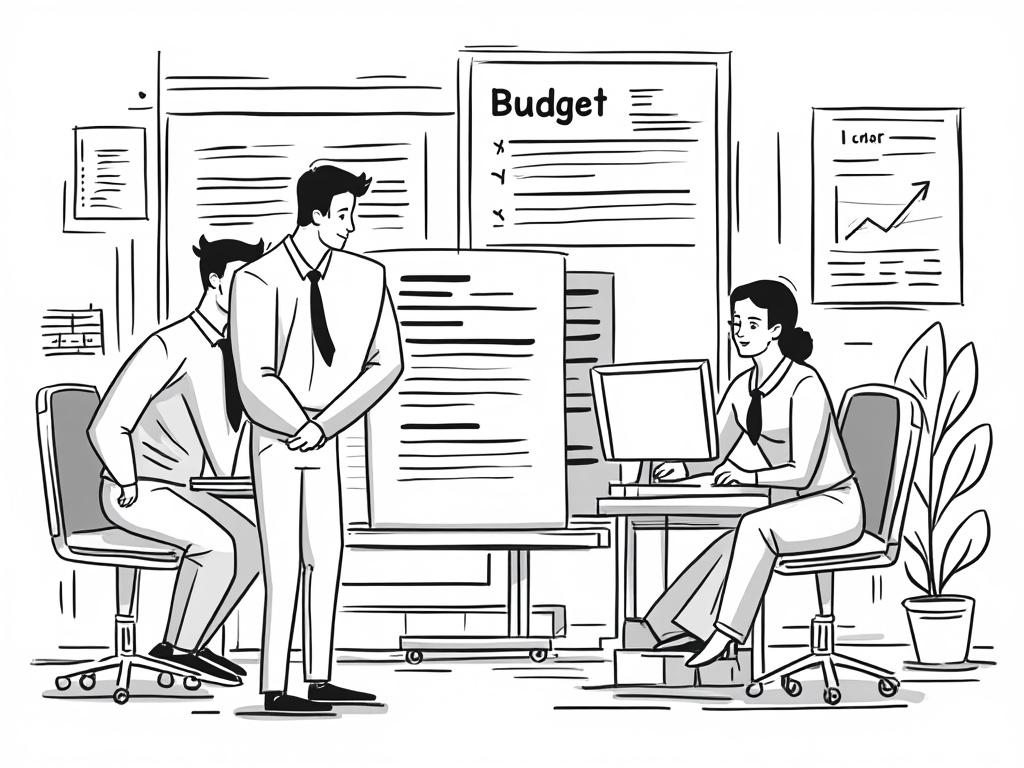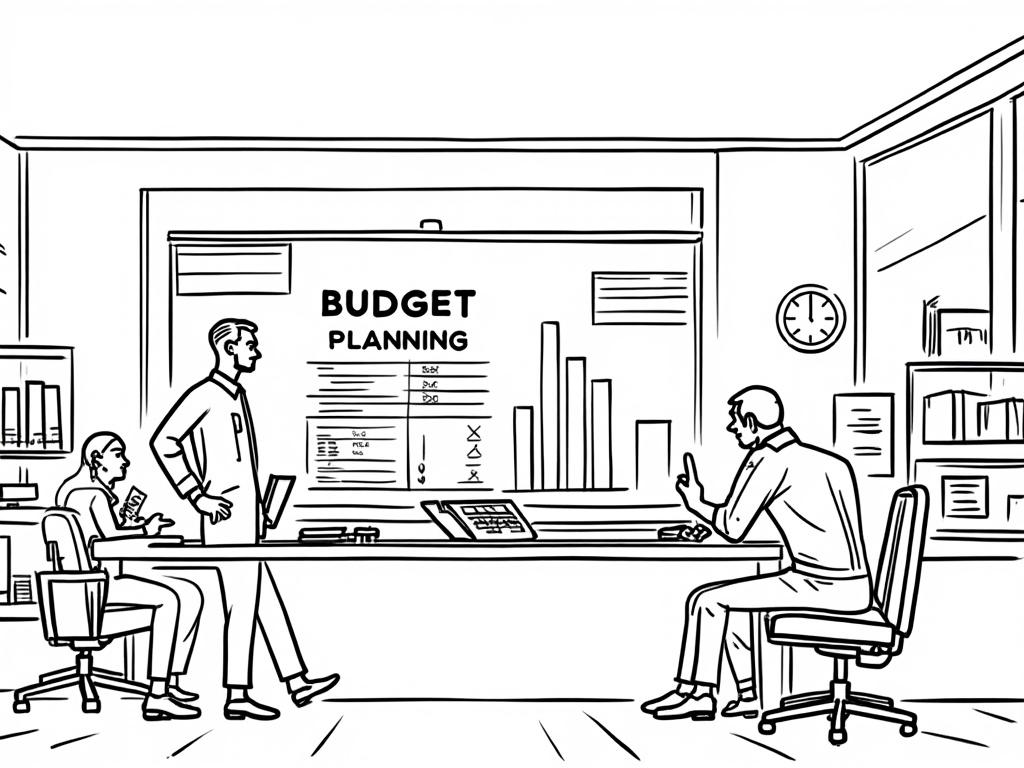
UAE Government Budget: Key Expenditures – Your Complete Guide to Understanding the Emirates’ Financial Priorities
Reading time: 12 minutes
Ever wondered where the UAE’s massive oil revenues actually go? You’re not alone. Understanding the UAE’s government budget isn’t just about numbers—it’s about grasping how one of the world’s most dynamic economies strategically invests in its future while maintaining its global competitiveness.
Table of Contents
- UAE Budget Overview: The Big Picture
- Key Expenditure Categories
- Federal vs. Emirate-Level Spending
- Budget Challenges and Strategic Solutions
- Regional Budget Comparison
- Your Strategic Investment Roadmap
- Frequently Asked Questions
UAE Budget Overview: The Big Picture
Here’s the straight talk: The UAE’s budget strategy isn’t just about spending money—it’s about strategic transformation. With a federal budget exceeding AED 71 billion for 2024, the Emirates are making calculated investments that extend far beyond traditional government spending.
The UAE operates a unique dual-budget system where federal expenditures focus on national priorities while individual emirates manage their own substantial budgets. This creates a fascinating financial ecosystem where Dubai’s budget alone rivals many national budgets globally.
Key Budget Numbers That Matter
Let’s break down the essential figures that define UAE’s fiscal landscape:
UAE Federal Budget Allocation 2024
AED 32 billion
AED 20 billion
AED 10.7 billion
AED 8.5 billion
Key Expenditure Categories: Where the Money Really Goes
Infrastructure and Development: Building Tomorrow’s UAE
Think of UAE’s infrastructure spending as future-proofing on steroids. The government doesn’t just build roads and bridges—they’re constructing the backbone of a post-oil economy.
Real Example: The Dubai Metro expansion project represents a perfect case study. With an investment of AED 29 billion, this isn’t just about transportation—it’s about creating sustainable urban mobility that reduces carbon emissions by 1.6 million tons annually.
Key infrastructure priorities include:
- Smart City Initiatives: AED 8.2 billion allocated for digital infrastructure
- Renewable Energy Projects: 44% of energy mix targeted by 2050
- Transport Networks: Hyperloop and advanced rail systems
- Port and Airport Expansion: Maintaining global logistics hub status
Social Welfare and Healthcare: Investing in Human Security
Here’s what many don’t realize: The UAE spends more per capita on healthcare than most developed nations. With healthcare expenditure reaching AED 16.8 billion federally, plus substantial emirate-level investments, the focus is on creating a world-class medical ecosystem.
Success Story: The UAE’s COVID-19 response showcased this investment’s value. The country achieved one of the world’s highest vaccination rates (over 98%) while maintaining economic stability—a direct result of robust healthcare infrastructure spending.
| Healthcare Metric | UAE | Regional Average | Global Ranking |
|---|---|---|---|
| Healthcare Spending (% of GDP) | 5.1% | 3.8% | Top 25 |
| Life Expectancy | 78.7 years | 75.2 years | 29th globally |
| Doctors per 1,000 population | 2.53 | 1.9 | Above OECD average |
| Hospital Beds per 1,000 | 1.4 | 1.1 | Regional leader |
| Universal Health Coverage Index | 78/100 | 65/100 | 34th globally |
Education and Human Capital: The Knowledge Economy Investment
Well, here’s the game-changer: UAE’s education budget isn’t just about schools—it’s about economic transformation. With AED 11.6 billion allocated federally, plus significant emirate investments, the focus is creating a knowledge-based workforce ready for the post-oil era.
Strategic Example: The Mohammed bin Rashid Al Maktoum Knowledge Fund represents this vision perfectly. By investing AED 2 billion in educational technology and innovation, Dubai aims to become a global knowledge hub by 2025.
Federal vs. Emirate-Level Spending: Understanding the Dual System
Quick Scenario: Imagine you’re analyzing investment opportunities in the UAE. Understanding this dual-budget system isn’t just academic—it’s financially critical.
Federal Government Focus Areas:
- Defense and security (15% of federal budget)
- Foreign affairs and diplomatic missions
- Federal judiciary and legislation
- Inter-emirate infrastructure projects
Emirate-Level Priorities:
- Dubai: Tourism, trade, and financial services (budget: ~AED 67 billion)
- Abu Dhabi: Energy sector, cultural initiatives (budget: ~AED 62 billion)
- Sharjah: Education and cultural preservation
- Other Emirates: Specialized economic zones and local development
Budget Challenges and Strategic Solutions
Let’s address the elephant in the room: oil dependency and fiscal sustainability. Despite diversification efforts, hydrocarbon revenues still contribute significantly to government finances.
Challenge #1: Revenue Diversification
The Problem: Oil price volatility creates budget uncertainty.
The Solution: VAT implementation (5%) and diversified revenue streams have reduced oil dependency from 77% in 2014 to approximately 36% in 2024.
Challenge #2: Infrastructure Maintenance Costs
The Problem: Massive infrastructure investments require ongoing maintenance.
The Solution: Public-private partnerships (PPPs) transfer maintenance responsibilities while maintaining quality standards.
Challenge #3: Demographic Pressures
The Problem: Expatriate population (88%) creates unique social service demands.
The Solution: Targeted spending on resident services while encouraging private sector healthcare and education participation.
Regional Budget Comparison: UAE’s Competitive Position
Pro Tip: The UAE’s budget efficiency isn’t just about size—it’s about strategic allocation and execution capability. Compared to regional peers, the UAE demonstrates superior fiscal management and transparent spending practices.
Key differentiators include:
- Infrastructure ROI: 7.2% average return on infrastructure investments
- Fiscal Efficiency: Government effectiveness ranking: 21st globally
- Transparency: Budget documents publicly available with detailed breakdowns
Your Strategic Investment Roadmap: Navigating UAE’s Fiscal Future
Ready to transform complexity into competitive advantage? Here’s your practical roadmap for understanding and leveraging UAE budget insights:
Immediate Action Steps:
- Monitor Infrastructure Tenders: Track major project announcements through UAE’s Federal Tender Portal for business opportunities
- Analyze Sector Allocations: Focus on healthcare technology, renewable energy, and smart city solutions—these sectors receive consistent budget increases
- Understand Regional Variations: Each emirate’s budget priorities create distinct investment opportunities
- Track Policy Changes: Budget allocations often precede major policy announcements by 6-12 months
- Engage with Economic Zones: Budget-supported free zones offer tax advantages and streamlined operations
The UAE’s budget evolution reflects a nation transitioning from oil dependency to knowledge-based prosperity. Understanding these expenditure patterns isn’t just about financial literacy—it’s about recognizing where the future Middle East economy is heading.
Your next move? Consider how these budget priorities align with your business interests, investment strategies, or career development plans. The UAE’s fiscal roadmap offers a clear view into tomorrow’s opportunities—are you positioned to capitalize on them?
Frequently Asked Questions
How transparent is the UAE government budget process?
The UAE has significantly improved budget transparency since 2019. Federal budgets are published annually with detailed breakdowns, and most emirates provide comprehensive budget documents. The UAE ranks 35th globally in the Open Budget Survey, above the regional average. Citizens can access budget information through official government portals, and parliamentary discussions are increasingly public.
What percentage of UAE’s budget comes from oil revenues?
Oil dependency varies significantly by emirate. At the federal level, hydrocarbon revenues contribute approximately 36% of total budget in 2024, down from 77% in 2014. Abu Dhabi remains more oil-dependent (~50-60%), while Dubai has successfully diversified with oil contributing less than 5% to government revenues. The UAE targets reducing overall oil dependency to under 20% by 2030 through economic diversification initiatives.
How does UAE’s government spending compare to other Gulf countries?
The UAE demonstrates superior fiscal efficiency compared to regional peers. Government spending represents about 32% of GDP, compared to Saudi Arabia’s 41% and Kuwait’s 49%. The UAE also shows better returns on infrastructure investment and maintains lower debt-to-GDP ratios. Additionally, the UAE’s dual federal-emirate system allows for more targeted and efficient resource allocation compared to centralized Gulf governments.

Article reviewed by Emre Demir, Cross-Border Investment Broker | Bridging Europe & Middle East, on June 4, 2025



